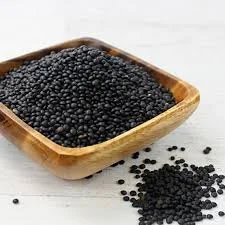by BZ GUEST POST on MARCH 14, 2016 http://www.bodyzonesports.com/blog/?p=976
In the past five years there has been an explosion in popularity of so-called “ancient grains” in the American food market.
What is an Ancient Grain? There is no official definition, and all whole grains in the larger sense can be considered “ancient”, as their roots trace back to the Neolithic times, roughly 10,000 years ago. Whole grains that have been largely unchanged in their planting and harvesting patterns for thousands of years can be referred to as ancient. Examples include amaranth, barley, buckwheat, millet, quinoa, teff, and wheat varieties like bulgur, farro, and spelt. Ancient (whole) grains are more than just relics from the past that have stood the test of time; they are cereals and seeds that have a robust texture and stellar nutritional profile.
Ancient grains are certainly more nutritious than refined grain products (like white flour or refined crackers). But healthy whole grains need not be exotic. Common foods like brown rice, whole grain pasta, oatmeal, and whole wheat bread offer the same whole grain goodness, and often at lower price points.
Whole grains or foods made from them contain all the essential parts and naturally-occurring nutrients of the entire grain seed in their original proportions. Refining normally removes the bran and the germ, which equates to about 25% of a grain’s protein being lost, plus a reduction in at least seventeen key nutrients. Processors add back some vitamins and minerals to enrich refined grains, so refined products still contribute valuable nutrients. But whole grains are healthier, providing more protein, more fiber and many important vitamins and minerals, including a high omega-3 content, B vitamins, and zinc.
Many ancient grains thrive with lower levels of pesticides, fertilizers, and irrigation, making them an attractive choice for consumers who want to reduce their carbon footprint. However, the best way to ensure that you are getting the full spectrum of nutrients available in nature is to eat a variety of different grain foods. After all, each whole grain has something different to offer, from the calcium in teff, to the soluble fiber in barley.
By incorporating ancient grains in our diets, we all benefit by getting more whole grains, as well as enjoying a wider array of delicious flavors, textures and nutritional profiles.
Yours in health!
Dr. Mele
References:
Whole Grains Council



